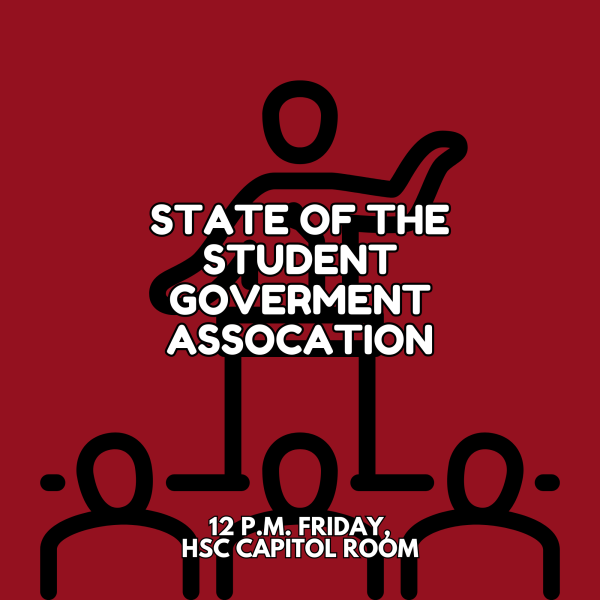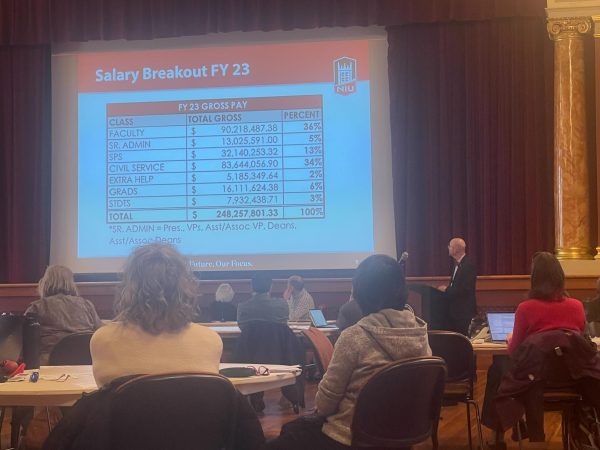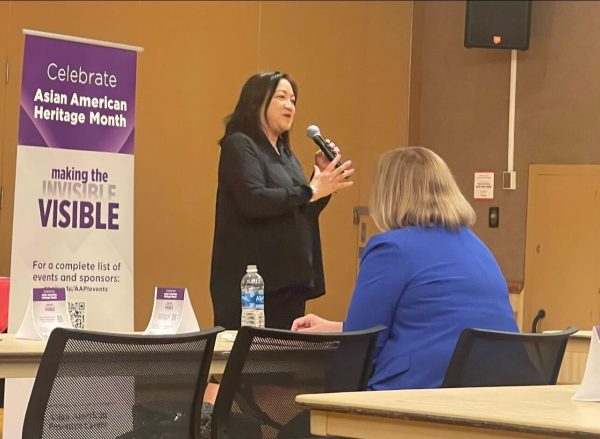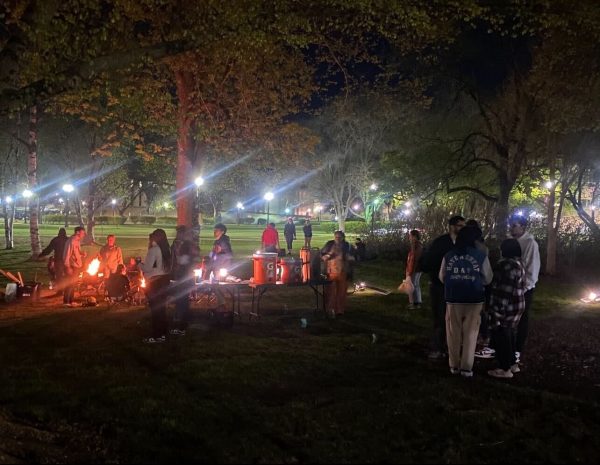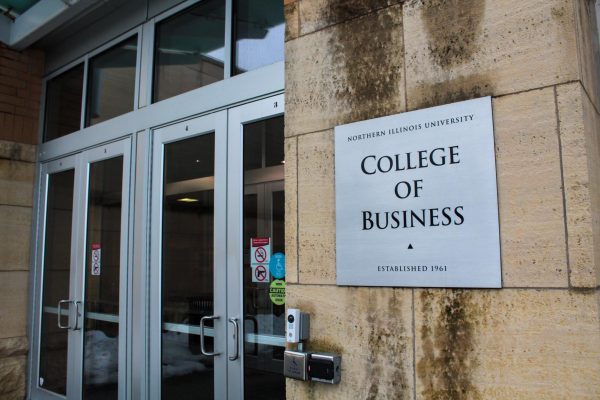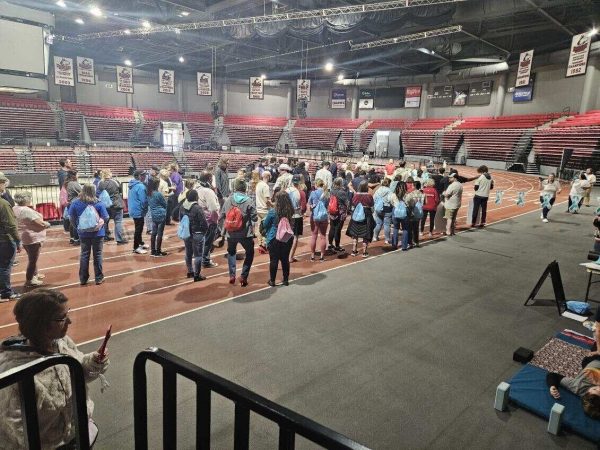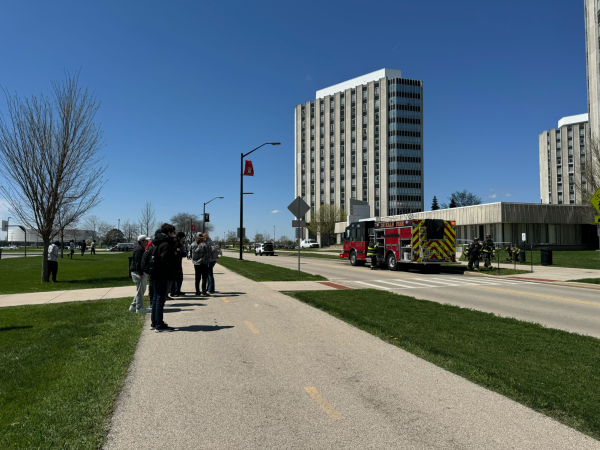Earth may not be doomed … yet
May 3, 2007
DeKALB | Newly proposed techniques could be used to combat and reverse the effects of climate change.
The final climate change lecture of the spring semester will take place at 7 p.m. Thursday night in the Montgomery Hall Auditorium, hosted by assistant professor of geography David Goldblum.
Geoengineering, an intentional large-scale manipulation of the environment by engineering the Earth’s climate system, is the focal point of the lecture.
The core idea of geoengineering, as well as bioengineering, is the use of geologic structures, plants and animals to protect the planet from the changing climate, Goldblum said. The use of fast growing trees, mainly tropical plants and some North American trees, may be the best option in trying to keep climate change from taking place, or at least slowing it down, he said.
“Certain countries claim that their forests are storing carbon emissions, such as Canada, so they get credit for not tearing down their forests, unlike parts of the Amazonian Rainforest,” Goldblum said. “But, naturally, that’s just how forests work.”
A realistic long term plan for preventing climate change is to simply plant a tree, Goldblum said.
Many are looking toward the use of alternative energy, which could prove to be less environmentally costly, Goldblum said.
Though wind energy is the fastest growing energy source in America, half of the electricity produced and powered in the United States currently generally comes from coal, he said. 90 percent of the electrical power in northern Illinois is produced from nuclear power plants, Goldblum said.


